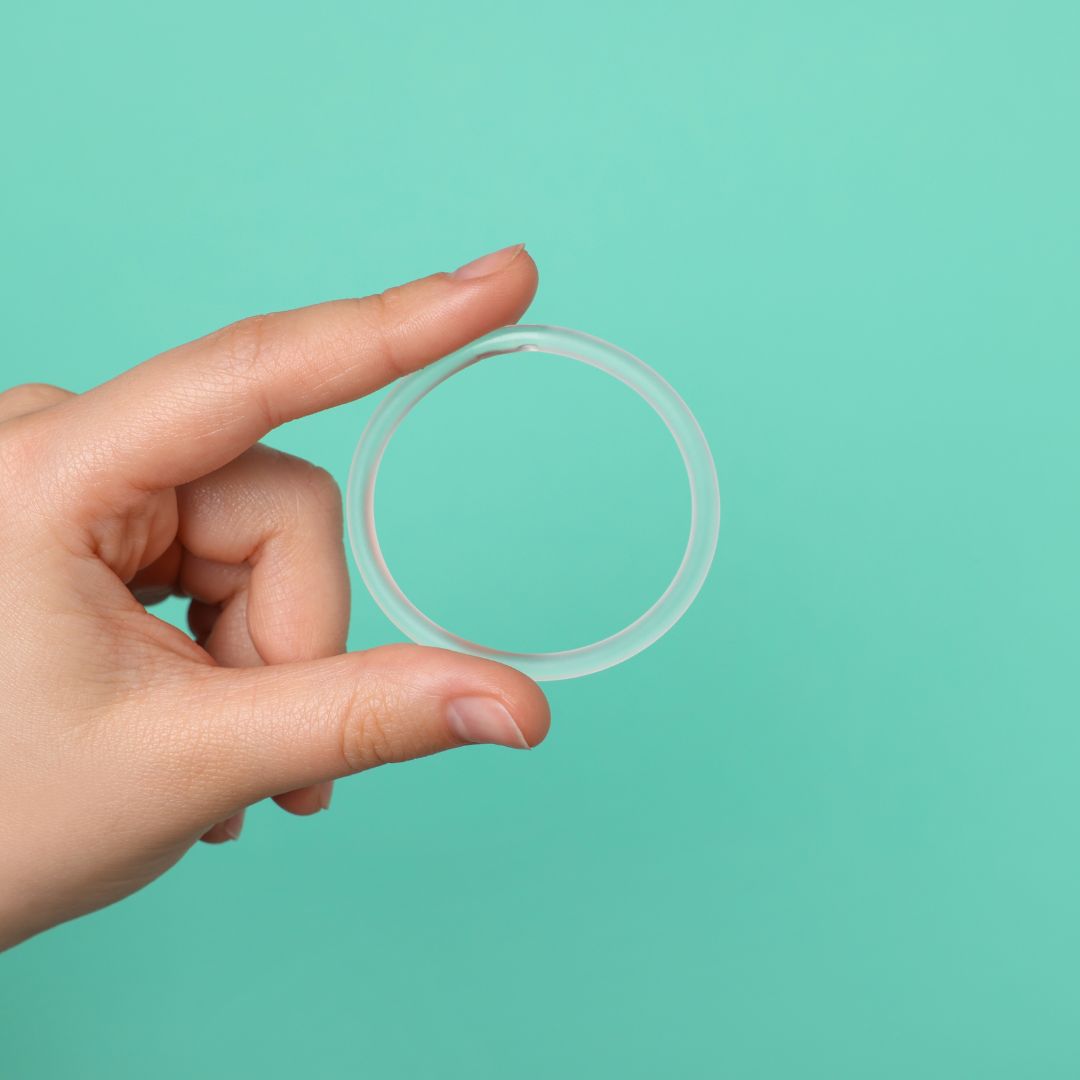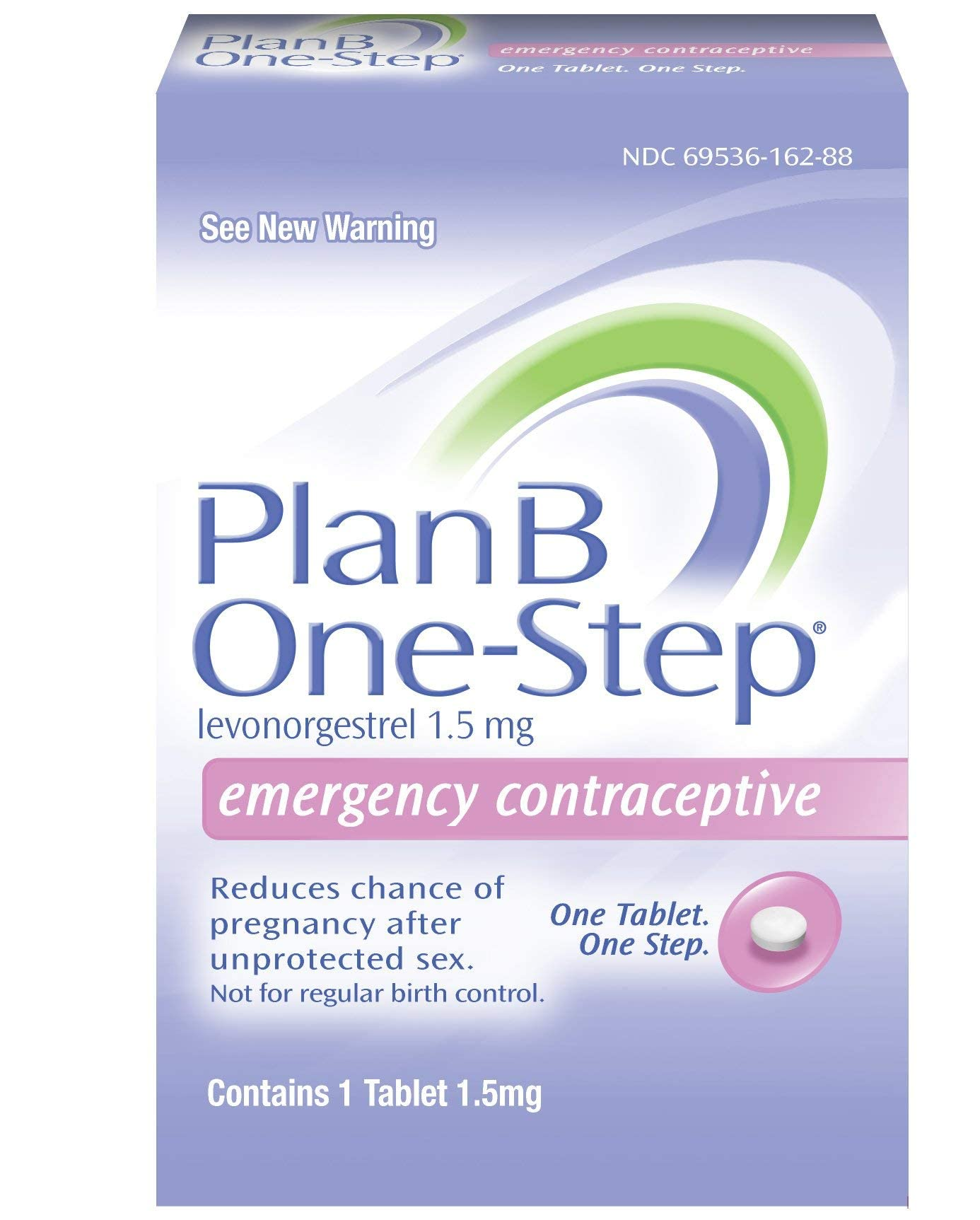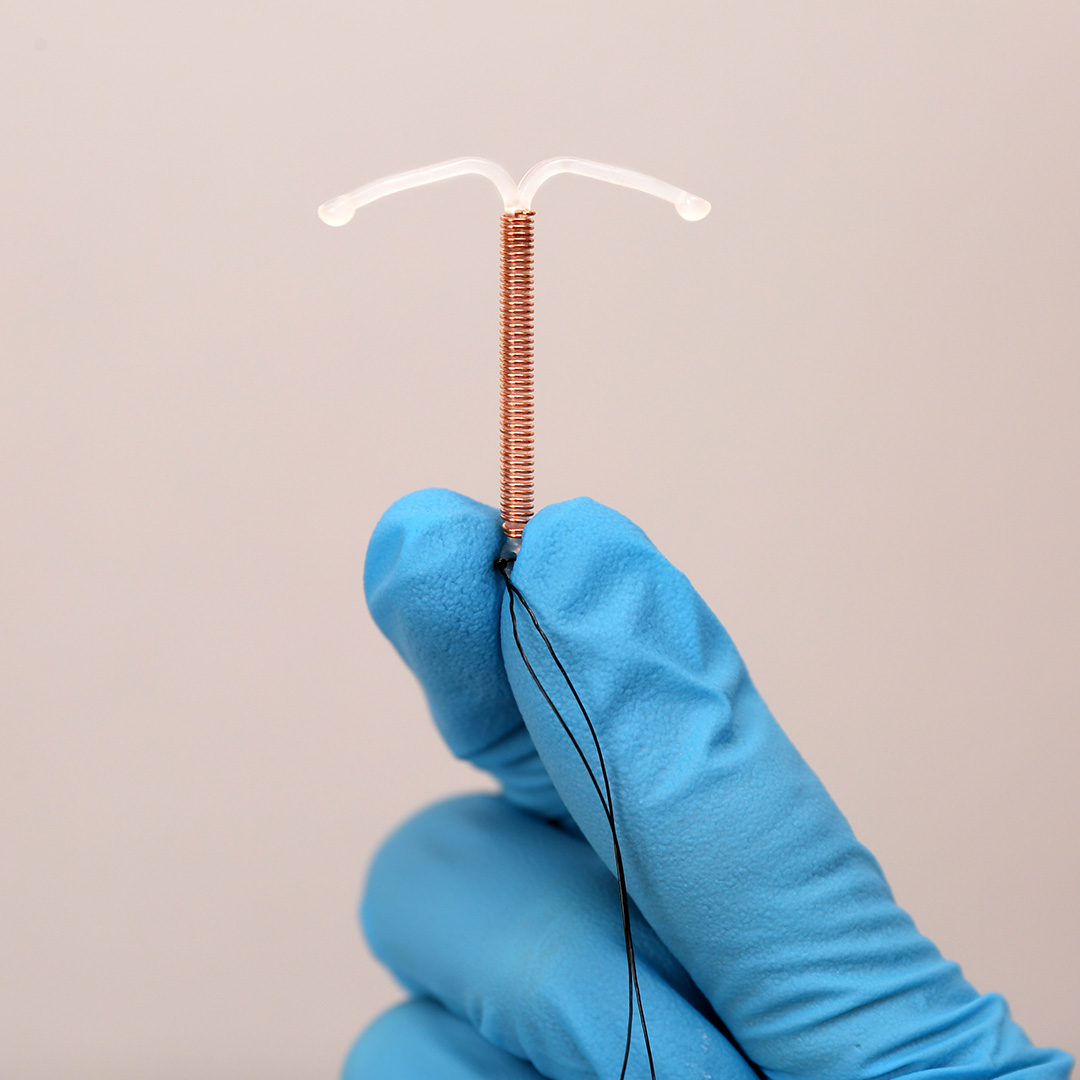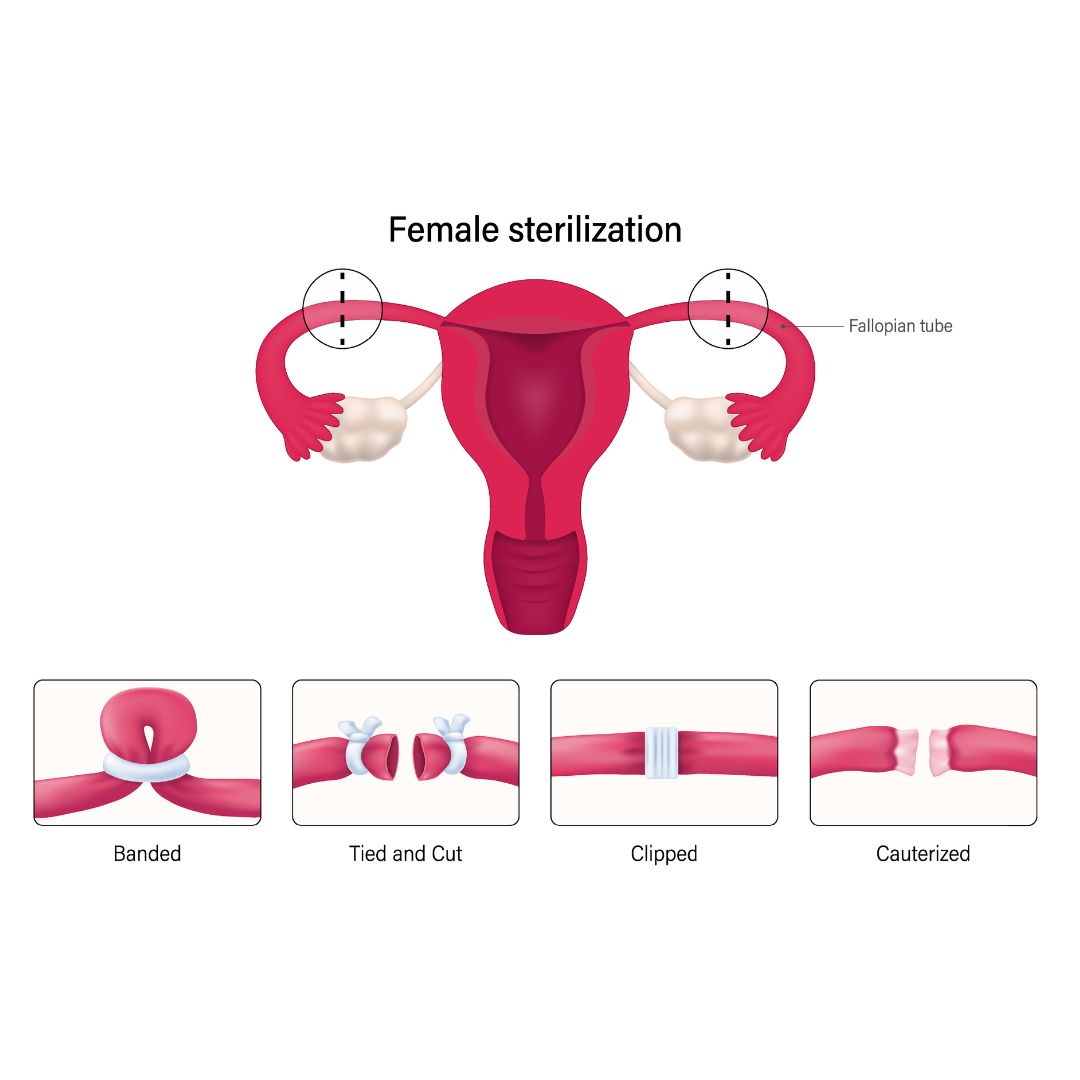Birth Control

Birth Control Options
At Advanced Healthcare for Women & Children in Upland, California, we provide birth control options as part of our obstetrics and gynecology services. Our experienced clinicians cater to women of all ages in the Inland Empire. We offer a range of birth control methods, including the pill, patch, shot, ring, implant, and IUD. We accept insurance plans like Medi-Cal, Family Pact, and Presumptive Eligibility, and we also have competitive cash pricing. For more information, please call (909) 581-4667 or explore your birth control options below.
Birth Control Pills
A birth control pill is taken orally by you every single day, ideally around the same time.
It’s pretty common for people to be confused about how birth control pills work. Here’s what it boils down to: birth control pills are made of hormones. Hormones are chemicals made in our bodies. They control how different parts of our bodies work.Some birth control pills contain two hormones — estrogen and progestin. These are called combination pills. Some are progestin-only pills. Most women on the pill take combination pills. The hormones in the pill work by
Keeping eggs from leaving the ovaries. Pregnancy cannot happen if there is no egg to join with sperm. Making cervical mucus thicker. This keeps sperm from getting to the eggs.


Birth Control Ring
The birth control ring is self-administered once every 3 weeks, and is around 92% effective.
Like other methods of birth control, the birth control ring (NuvaRing) releases hormones. Hormones are chemicals made in our bodies. They control how different parts of our bodies work. The hormones in NuvaRing are the same hormones as in the birth control pill — estrogen and progestin. The hormones in the ring work by Keeping eggs from leaving the ovaries. Pregnancy cannot happen if there is no egg to join with the sperm, making cervical mucus thicker, and keeping sperm from getting to the eggs.
Birth Control Patch
The patch method puts hormones into the blood, and must be changed each week.
The birth control patch is a thin, beige, plastic patch that sticks to the skin. It’s used to prevent pregnancy. A new patch is placed on the skin once a week for three weeks in a row, followed by a patch-free week. The birth control patch is commonly called Ortho Evra, its brand name. The maker of Ortho Evra has stopped making the birth control patch, based on business decisions. If you use Ortho Evra, talk with your doctor or nurse about switching to another brand of birth control patch called Xulane or to another type of birth control. Other options similar to the patch include the birth control pill or ring, which have the same hormones as Ortho Evra. Or you may want to consider getting an implant or IUD — these safe, convenient methods provide over 99% effective protection against pregnancy for up to 12 years.


Plan B
Plan B® (“ the morning after pill”) is emergency contraception. Plan B is the first progestin-only emergency contraception to be approved by the FDA.
Pregnancy doesn’t happen right after sex. That’s why it’s possible to prevent pregnancy even after the fact. It can take up to six days for the sperm and egg to meet after having sex. Emergency contraception pills work by keeping a woman’s ovary from releasing an egg for longer than usual. If the egg and sperm do not meet, a pregnancy cannot occur. You might have also heard that the morning-after pill causes an abortion, this is not true. The morning-after pill is not the abortion pill. Emergency contraception prevents a pregnancy from beginning, but it does not cause an abortion.
The IUD
The IUD is a little T-shaped device is 99% effective, and is easily placed by the clinician in the office.


The Implant
The Implant is a small rod is inserted into the arm that will release hormones to prevent pregnancy, and it is 99% effective.
Like several other methods of birth control, such as the birth control shot, the birth control implant releases a hormone — progestin. Hormones are chemicals made in our bodies. They control how different parts of our bodies work. The progestin in the birth control implant works by
keeping eggs from leaving the ovaries. Pregnancy cannot happen if there is no egg to join with the sperm.
making a woman’s cervical mucus thicker. This keeps sperm from getting to the eggs.
Tubal Sterilization
Clinicians will make 2 incisions on the belly to go inside and cut the fallopian tubes to prevent future pregnancy. There is minimal scarring.
Effectiveness is an important and common concern when choosing a birth control method. Sterilization is nearly 100 percent effective. For every 1,000 women who have Essure, fewer than 3 will become pregnant. For every 1,000 women who have traditional incision methods, about 5 will become pregnant. Most kinds of sterilization for women are effective right away.


The Shot
The Shot
The shot is an injection of progestin hormone that is placed into the hip or arm every 12 weeks to the patient. This method is around 92% effective.
Effectiveness is an important and common concern when choosing a birth control method. The birth control shot is one of the most effective methods of birth control available. It works best when you get the birth control shot regularly, every 12 weeks. Less than 1 out of 100 women will get pregnant each year if they always use the birth control shot as directed. About 6 out of 100 women will get pregnant each year if they don’t always use the birth control shot as directed.

Providing top-quality healthcare for women in the Inland Empire. Putting patients first is our priority. Trust us for a positive, caring experience.
600 N. Mountain Ave. # A104 Upland, Ca 91786
225 E Airport Drive #140 San Bernardino, CA 92408
© Copyright 2023 Advanced Healthcare for Women & Children | All Rights Reserved
